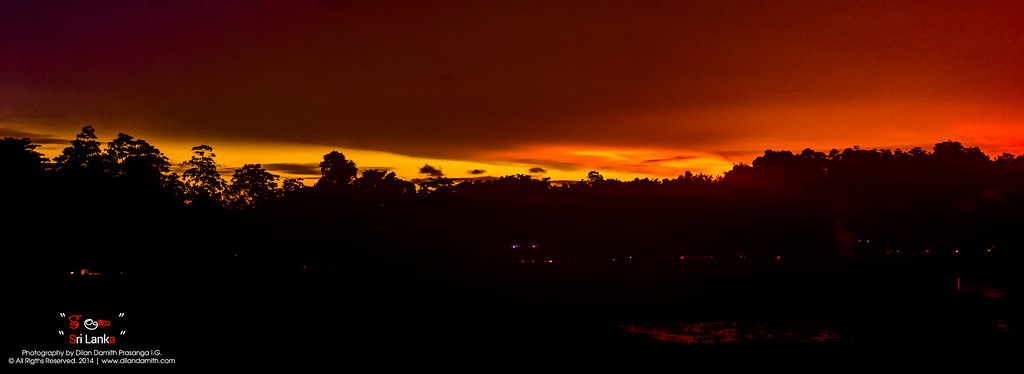The sight of a yellow sky can be an unusual and intriguing phenomenon for many people. Despite its rarity, a yellow sky can be caused by a variety of natural and atmospheric conditions. Understanding these factors can help shed light on why the sky sometimes takes on this unique hue.

Several conditions can lead to a yellow sky. Here are some of the most common causes:

The science behind a yellow sky involves the scattering of light. The Earth's atmosphere is made up of various gases and particles that scatter sunlight. The degree of scattering depends on the wavelength of the light and the size of the particles in the atmosphere.
The table below illustrates how different conditions can affect the color of the sky:
| Condition | Cause | Effect on Sky Color |
|---|---|---|
| Clear Sky | Rayleigh Scattering | Blue Sky |
| Yellow Sky | Particulates and Pollutants | Yellow Sky |
| Red Sky | High Humidity or Pollution at Sunrise/Sunset | Red Sky |
In various cultures, a yellow sky has been interpreted as an omen or a sign. For example:
While a yellow sky may be disconcerting to those who are not familiar with its causes, it is often a harmless natural phenomenon. Understanding the atmospheric conditions that lead to a yellow sky can help demystify this striking visual. Whether caused by pollution, weather conditions, or other factors, the yellow sky remains an intriguing feature of the Earth's ever-changing atmosphere.






Immerse yourself in architecture’s most boundary-pushing ideas—where innovative home improvements meet visionary urban developments. Discover new building techniques, materials, and creative concepts that are redefining how we shape our spaces on a global scale.